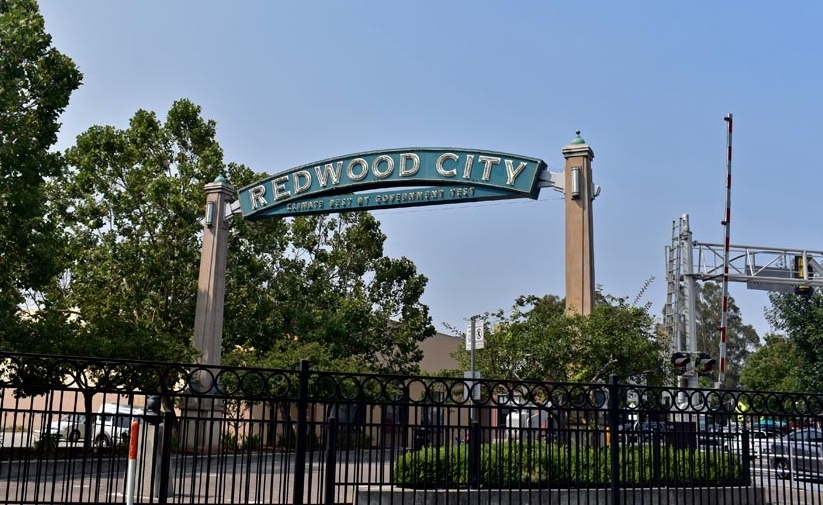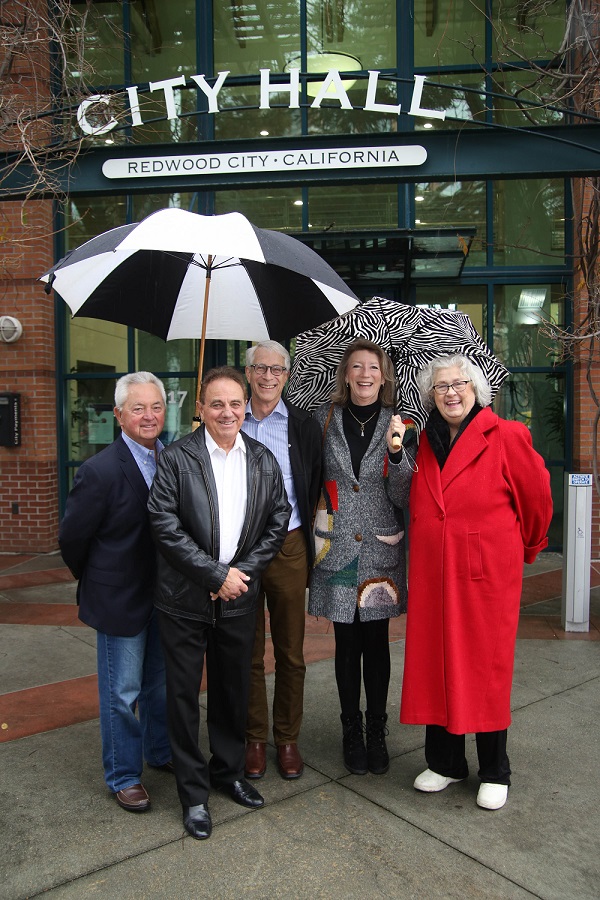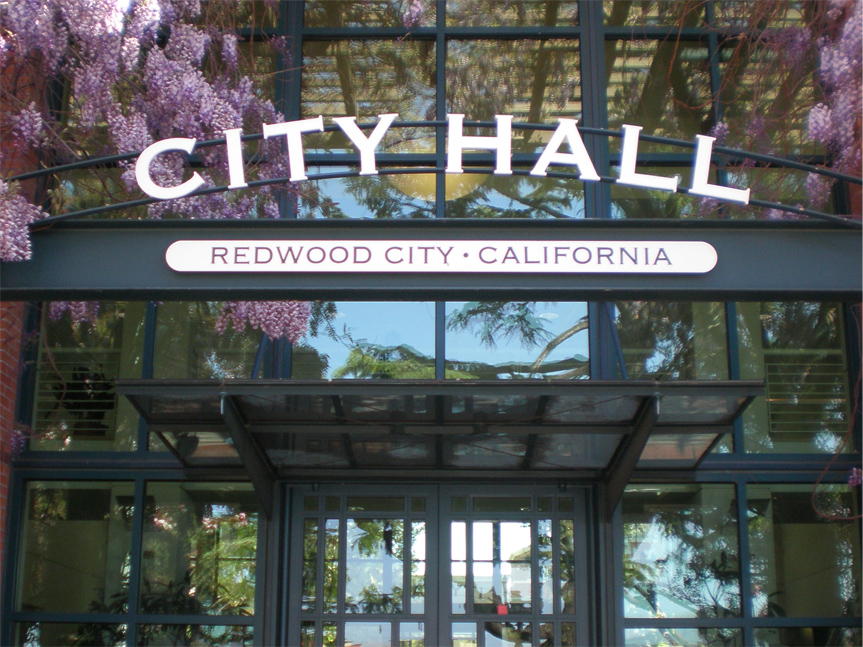Utility project to impact Broadway St. traffic through March 29

Heads up drivers! Starting tomorrow and running through Friday, March 29, a section of Broadway Street from the intersection of Jefferson Avenue to the entrance of the City Hall Parking Lot will be closed to traffic from 7 a.m. to 4:30 p.m., Monday through Friday.
Entrance into and out of the City Hall Parking Lot will remain open. The road will reopen at 4:30 p.m. every night and remain open until 7 a.m. the next morning.
Commuters are encouraged to use alternate routes.
The closure will make way for utility work for the 2075 Broadway project, a new building involving office and retail uses, with some of the space pre-leased to CZI and The Chan Zuckerberg Initiative. More information on the project here.








